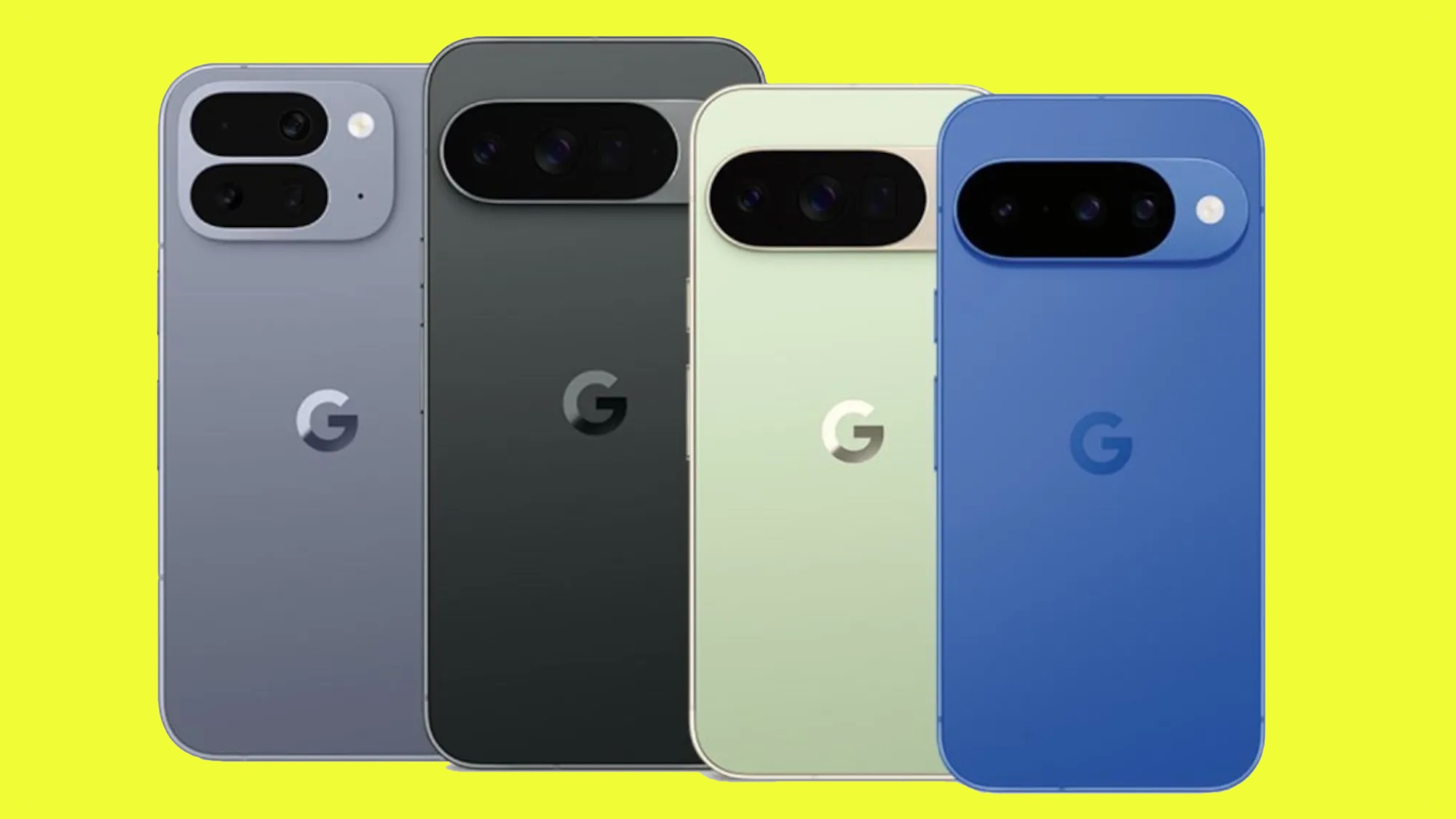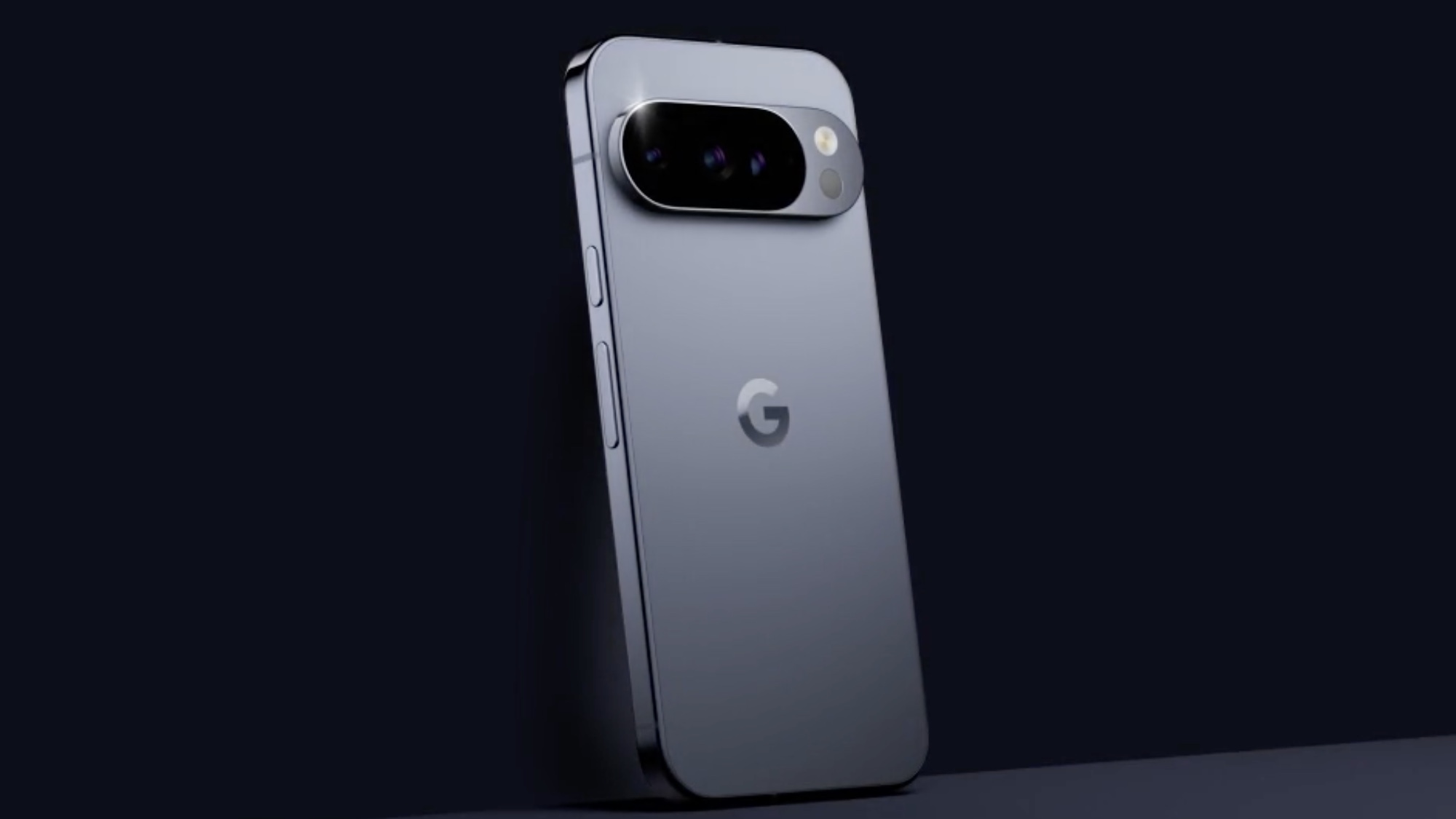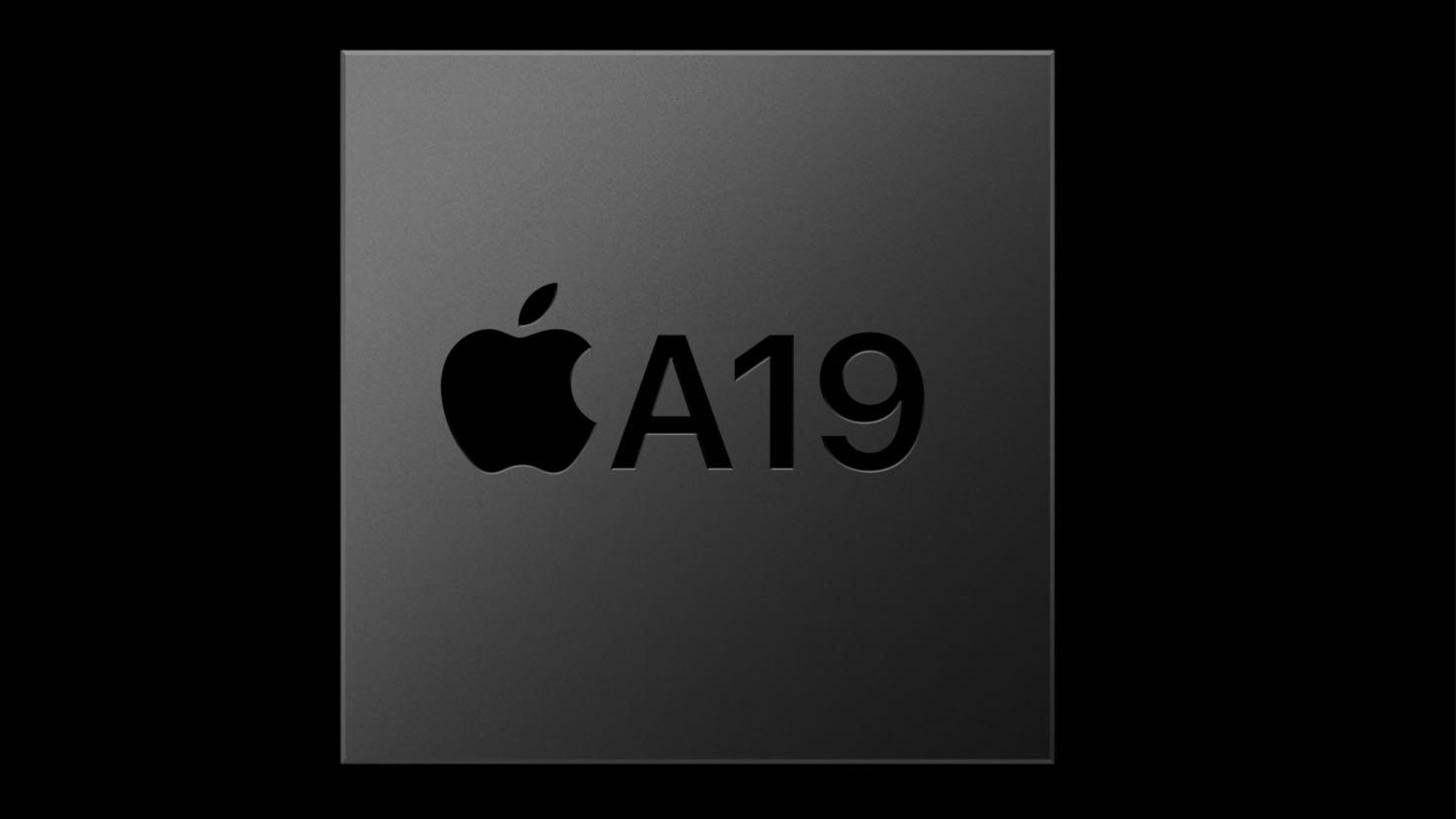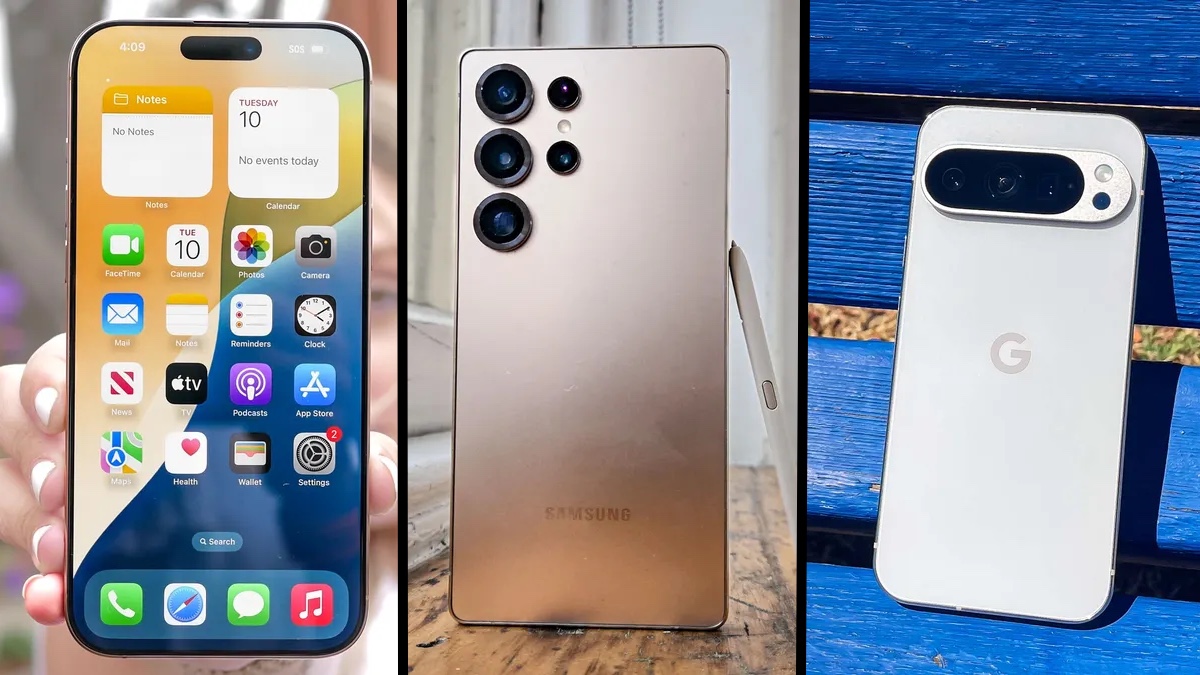The Pixel 10's Tensor G5 chip could be a game changer for Google's phones — here's why
It might lack power, but it could benefit from future features

When it comes to the power of phone chips, there’s little doubt that Google’s Tensor series chips tend to fall behind somewhat, and while the same could be true of the Pixel 10’s Tensor G5 chip, it might not be the whole story.
The Google Pixel usually finds a place as one of the best phones you can buy, despite lacking the power of other phones. This is usually down to the phone's focus on AI features and the focus on machine learning. However, recent rumors suggest that Google is considering a change in how it designs its chips, while also utilizing the same manufacturer as Apple.
This doesn’t mean that we can expect Google phones to suddenly be comparable to the upcoming iPhone 17 or the recently released Galaxy S25. However, these changes will offer some noticeable advantages to Google’s future phones; the issue is whether they will do so fast enough to catch consumers' attention.
What is Google reportedly going to change with the Tensor G5?

The big change that could be coming is that the Tensor G5 could be manufactured in partnership with TSMC instead of Samsung. This will reportedly include building the chip using TSMC’s 3nm process instead of the 4nm process seen on the Tensor G4. That means that Google will be able to fit more transistors into the chip, which should boost the power efficiency of the chip. Considering Google phones have yet to appear on our longest-lasting phone list, that could be a major advantage.
Unfortunately, this same rumor has stated that the new chip will feature the same CPU as the Samsung-made chips. This could mean that, while the G5 will see a boost in power, it won’t be as much as some hope, with some rumors calling it a “TSMC-made version of the G4.”
However, the Tensor G5 has one advantage that could make up for this apparent weakness, as it is reportedly the first Google chip to be fully developed in-house. While this doesn’t mean much for the raw power of the phone, it could have a big impact on the future of the services and features available.
What are the benefits and drawbacks of Google’s rumored plans?
A high benchmark score looks great, but it's hard to quantify for the average phone user. In comparison, Google’s focus on AI features and machine learning is much easier to gauge. For instance, the computational photography seen on Pixel devices allows the phones to compete with the best camera phones, even with fewer megapixels or even fewer cameras in the case of the basic Pixel 9 or budget Pixel 9a.
Get instant access to breaking news, the hottest reviews, great deals and helpful tips.
There’s also the argument that, with Google utilizing more in-house production of its chips, it can better integrate with Pixel features. This would allow the company to be faster when it comes to updates and even possible feature drops. On top of that, Google potentially having more control over the manufacturing process would make it much easier for its hardware roadmap and feature development.

A good comparison for this would be Apple, who also use TSMC to manufacture its A-series chips. However, Apple designs its A-series chips and M-series chips in-house, which in turn allows Apple a lot more control over how the chip interacts with its software.
In a recent interview with The Indian Express, Tim Millet, the vice president of platform architecture, had this to say about the benefit of designing the M4 chip at Apple, “By creating chips custom-built for the devices they will go into, the company avoids compromises in overall performance. Boger added that "no other platform can touch our power performance per watt. That's the tangible benefit to users."
However, there are some downsides to this focus, mainly that it becomes harder to promote the Pixel range as a high-end device due to the lack of power. For instance, the Google Pixel 9 Pro falls short compared to other modern phones like the iPhone 16 Pro or the Galaxy S25 Ultra, while only being slightly better than the Google Pixel 8 Pro.

On the plus side, it appears that Google isn’t going to be increasing the price of the Pixel 10 series, which would mean that the base Pixel 10 could release with a $799 price tag. That’s the same as the iPhone 16 and the Galaxy S25, which is a bit of a problem if the phone can’t match those devices in terms of power.
This problem is likely to worsen, and depending on the final price of the iPhone 17, it could leave many consumers wondering why they’re paying premium phone prices for a mid-range phone’s power. We still don’t know for certain what the new chip is capable of, or what Google plans to do with it, so it’s possible that we could see a marked improvement when we test it.
Google has to deliver on features and sell the phone of the future
The biggest struggle that Google is going to have is that the power of the Tensor G5 and the advantages of in-house production are all based on the future. While this is great in the long run, it means that there likely won’t be any immediate benefits, which can be a turn-off when trying to sell a new phone.
With that said, we’ve not seen anything solid about the power of the newest Tensor chip, and the performance may exceed expectations. Personally, I’m excited to see what Google could do with the 3nm process and what it means for the future of Google phones. For now, we’ll have to wait until later this month for the Made by Google event, where it is expected to reveal the Pixel 10 series.
More from Tom's Guide
- Unlock the Power of iOS 26 — 3 AI Shortcuts You Need to Try Now
- Android 16's upcoming feature could wreak havoc on your phone's fast charging
- Google could be making a big mistake with the Pixel 10 Pro — here's why

Josh is a staff writer for Tom's Guide and is based in the UK. He has worked for several publications but now works primarily on mobile phones. Outside of phones, he has a passion for video games, novels, and Warhammer.
You must confirm your public display name before commenting
Please logout and then login again, you will then be prompted to enter your display name.
